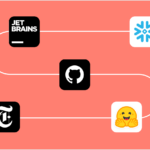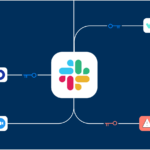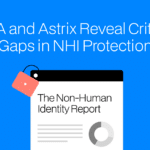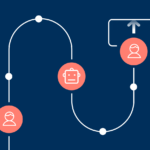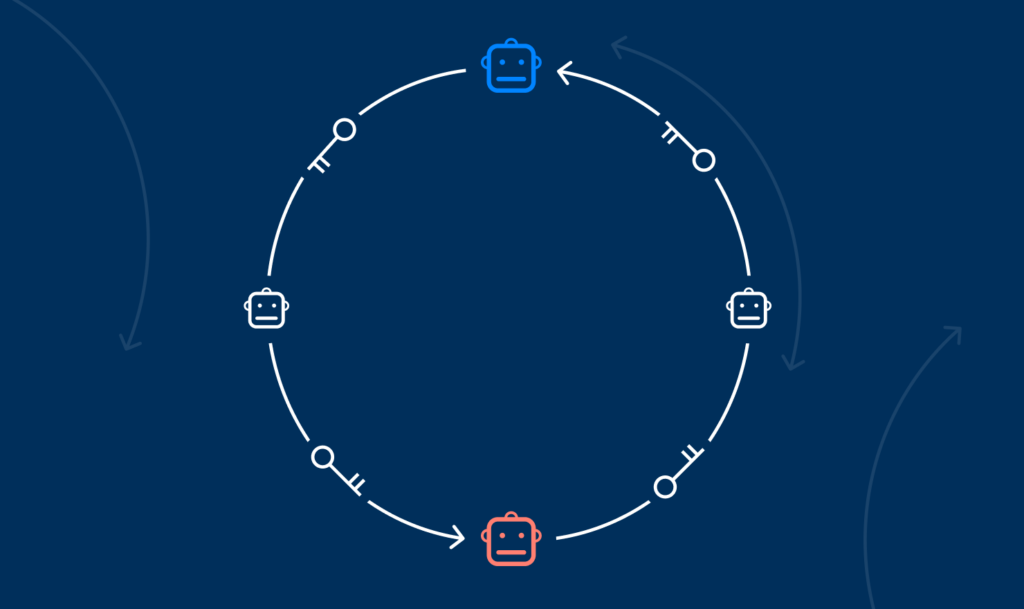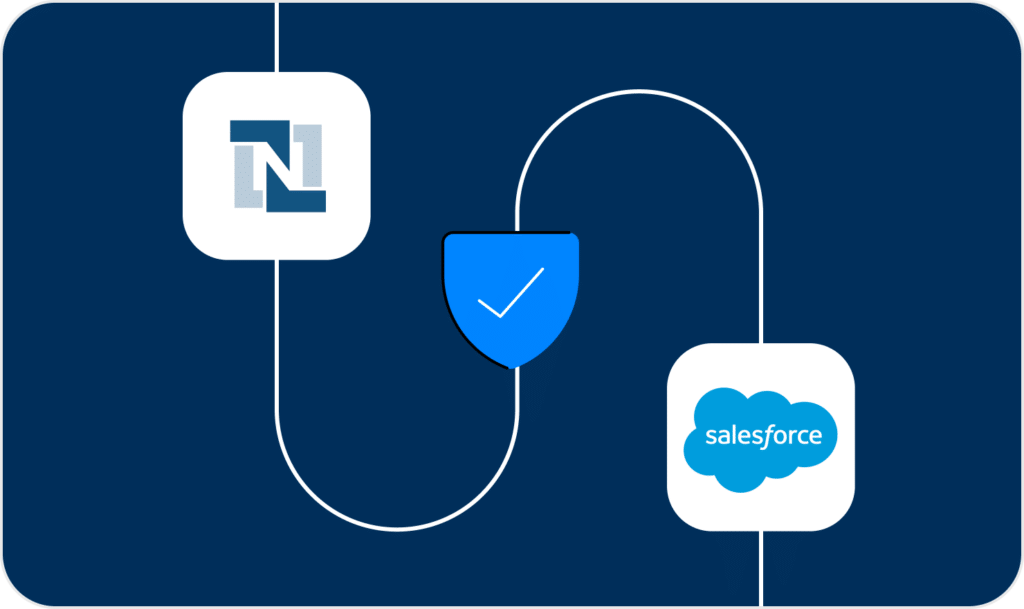Not just code vulnerabilities: The overlooked cause of software supply chain attacks

According to Gartner: “Software supply chain attacks have added a new dimension to software security problems because the software delivery pipelines and the tools used to build and deploy software are the new attack vectors.”
While the software supply chain has been a huge catalyst for vulnerabilities, and consequently attacks, there is a new type of supply chain attacks that has proliferated in the last couple of years – taking advantage of the third-party tools and services that are connected to development environments such as AWS, GCP, Azure and Git platforms.
While DevOps and other AppSec stakeholders turn to classic AppSec solutions to secure their code and engineering environments, which are vital for securing the app’s code, CI/CD environments and sometimes runtime, there is a crucial missing piece – ungoverned third-party and internal non-human access via keys and tokens. But what does that actually mean, and why should you care?
- Unmonitored internal access keys and tokens: To develop an app and make it work, R&D teams regularly generate ‘secrets’ – keys and tokens, as part of their day to day job. These keys and tokens allow access to resources, code and infrastructure – aka your most valuable intellectual property, and the vitality of your app. Safekeeping these keys is a challenge since they are scattered across different secret managers (vaults), and regularly accessed by R&D teams that often unintentionally expose them (for debugging, for example).
While AppSec solutions with shift left methodologies secure code vulnerabilities & dependencies, CI/CD processes and runtime environments, security teams lack visibility into the one thing that allows access to your entire operation – the actual access keys – where they are, whether they are exposed, what permissions they have etc. And secret scanners or vaults don’t cut it- vaults only store your secrets without any essential context like secret risk severity or usage insight, and secret scanners only find exposed secrets, again without any context or ability to prioritize risk.
A stolen key can allow attackers to access your app’s code, alter it, steal it, render your app unusable, cause costly downtime and possible reputation damage.
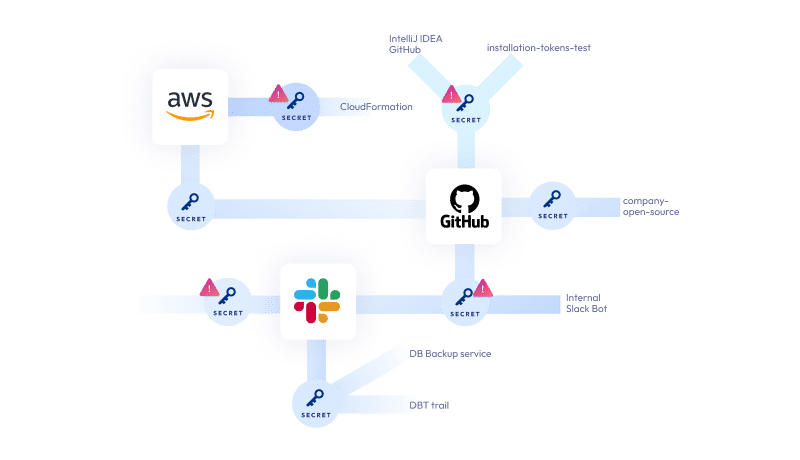
- Third party non-human access: IT, DevOps, developers, and even security teams are increasingly authorizing new third-party tools and services that access core engineering environments like GitHub, GitLab, AWS and Big Query to streamline development efforts and increase agility. With the growing trend of bottom up software adoption and freemium cloud services, many of these connections are done by developers without any security governance.
These create shadow connections between sensitive engineering systems to external third-party applications and processes, which are done via API keys, service accounts, webhooks, OAuth tokens, or SSH keys. These keys and tokens are often created with a high level of permissions and sometimes with unlimited, permanent access. Many of these are never revoked even after users are finished with the connected service.
An example of this kind of shadow integration would be a developer using a new cloud-based CI/CD tool, such as the increasingly popular CircleCI, which relies on API access to the GitHub source code repository. And the result of such ungoverned permissive access?
As you may know, CircleCI was breached earlier in 2023. In this breach, attackers gained access to CircleCI’s customers’ keys, which means they could push code to deployment (!). The results of this attack could have ranged from pushing malicious code to production and stealing customers data, to rendering the app unusable. This is a software supply chain attack through non-human access.
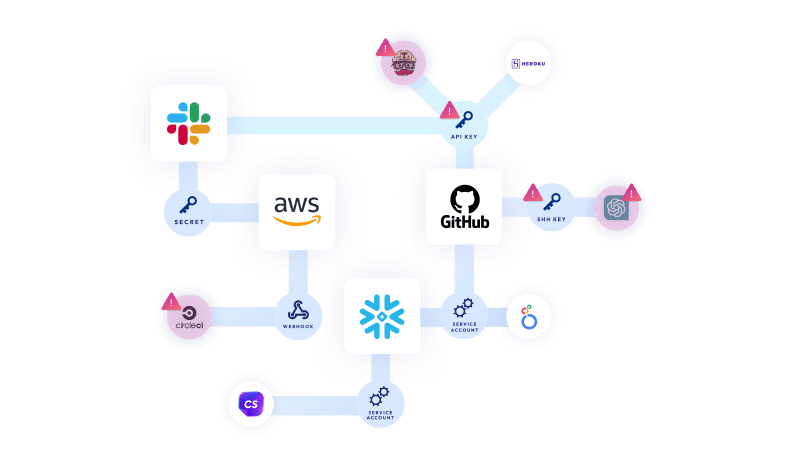
Recent High profile attacks against engineering environments through non-human access:
- CircleCI breach (January 2023): In this attack, engineering employees’ computer, which was compromised by malware that bypassed their antivirus solution. The compromised machine allowed the threat actors to access and steal session tokens. Stolen session tokens give threat actors the same access as the account owner, even when the accounts are protected with two factor authentication.
- Slack GitHub Repositories (January 2023): In this incident, threat actors gained access to Slack’s externally hosted GitHub repositories via a “limited” number of stolen Slack employee tokens. From there, they were able to download private code repositories.
- GitHub Personal Access Token (December 2022): In this incident, repositories from GitHub’s atom, desktop, and other deprecated GitHub-owned organizations were cloned by a compromised Personal Access Token (PAT) associated with a machine account. The malicious actor then used the PATs to read these repositories, which contained sensitive information.
Astrix findings in real engineering environments:
- Dev teams create around 20-30 new personal access tokens, and SSH keys in GitHub organizations every week.
- In a typical GitHub environment approximately 1 of 4 tokens (PAT and SSH keys) is not in use and can be safely removed without impacting the business.
- 1 in 5 users in a Snowflake production environment is in fact a service account.
How Astrix helps AppSec leaders keep their app safe
In the Gartner report How to Select DevSecOps Tools for Secure Software Delivery, Astrix is mentioned as a tool that addresses the need to secure access to machines and environments in the DevOps pipeline.
Astrix helps AppSec teams ensure their app remains secure with:
Comprehensive Secret Security
See, contextualize and safeguard your secrets from creation to expiry
- See exposed secrets across vaults and cloud environments
- Get the context you need about exposed secrets permissions, owner, leaker and related service connections.
- Get alerted on anomalous behavior that indicates a secret has been exploited
- Get prioritized remediation guidance for exposed secrets that put you at risk
Discovery and posture management of risky third party and internal non-human access
Get the risk and business context you need to easily remediate over-privileged, unnecessary, and untrusted access
- Misconfigured and over-permissive access
- Redundant apps, tokens, and keys of past employees and invalid applications
- Malicious third-party connections such as impersonating apps and OAuth phishing attacks
- Dangerous practices, such as granting the same access keys to multiple services
- The business context of each connection, key and service account, so you can make smarter decisions without breaking anything
Anomaly & Threat detection
Detect & remediate suspicious non-human access in real-time through behavior analysis
Use threat and anomaly detection engines continuously analyze apps, services, vendors and secrets and how they connect to and within your engineering environments, to detect attacks before they happen:
- Access from a suspicious geo
- A service or secret that is using out of the ordinary permissions
- Unusual user agent
- Anomalous ISP















